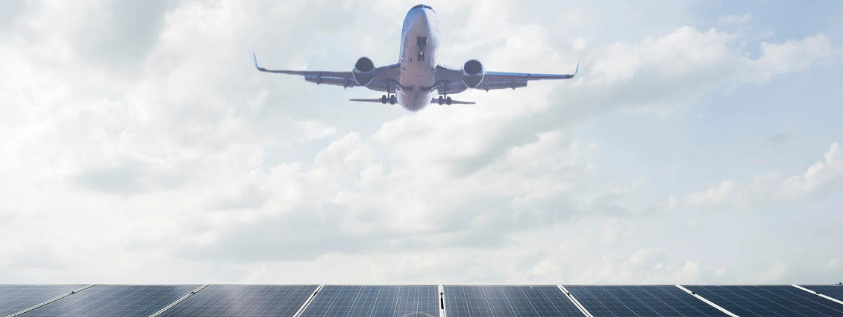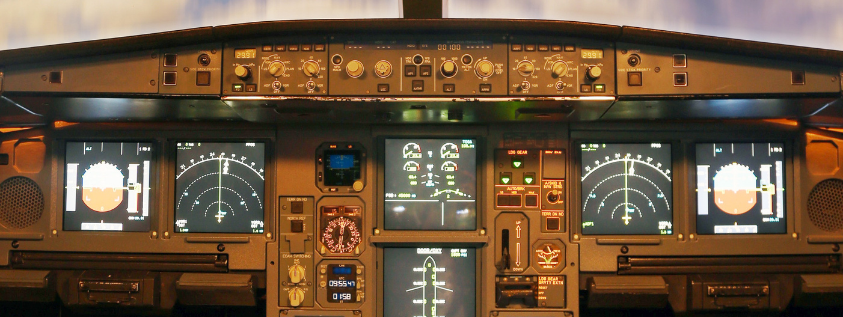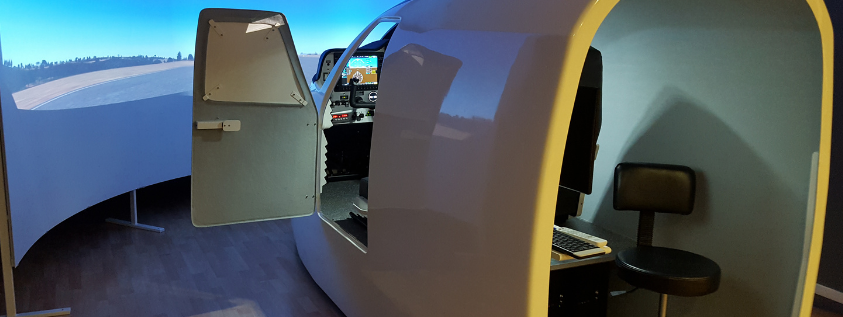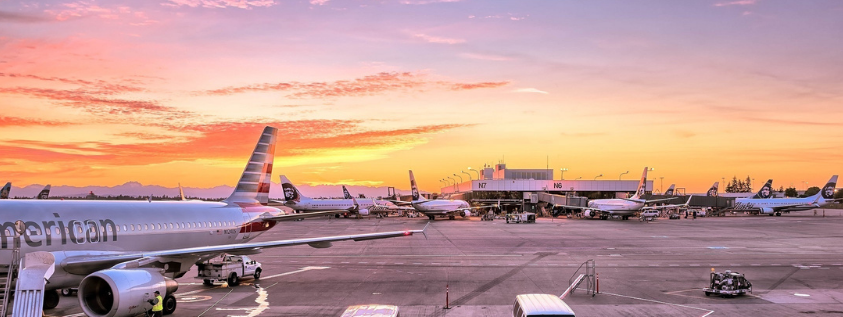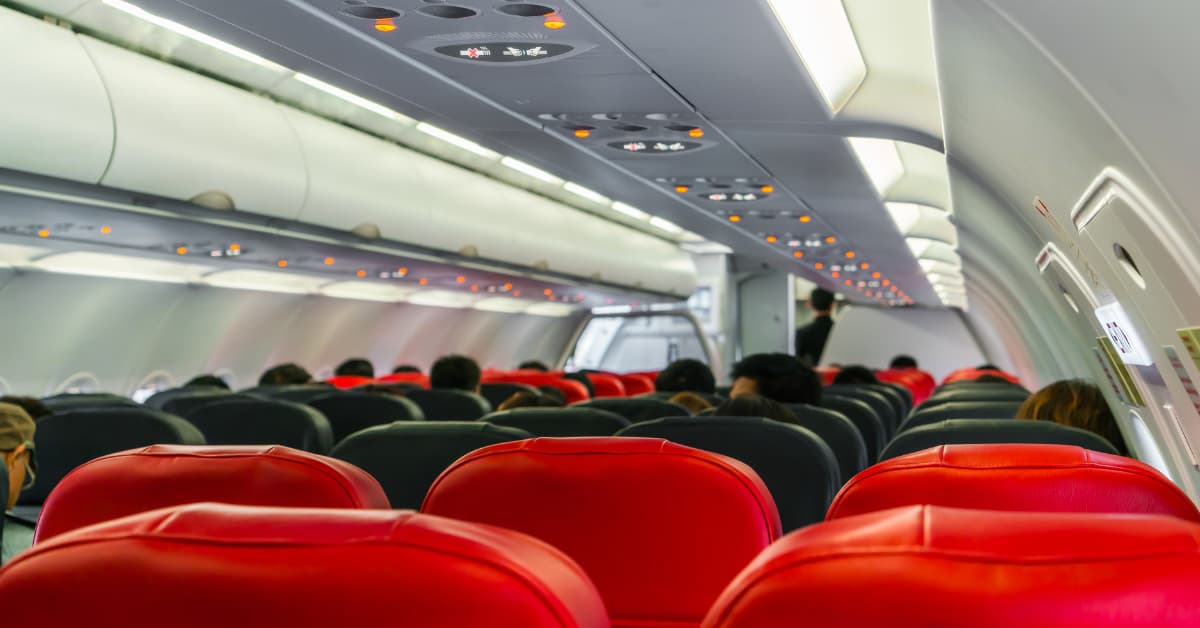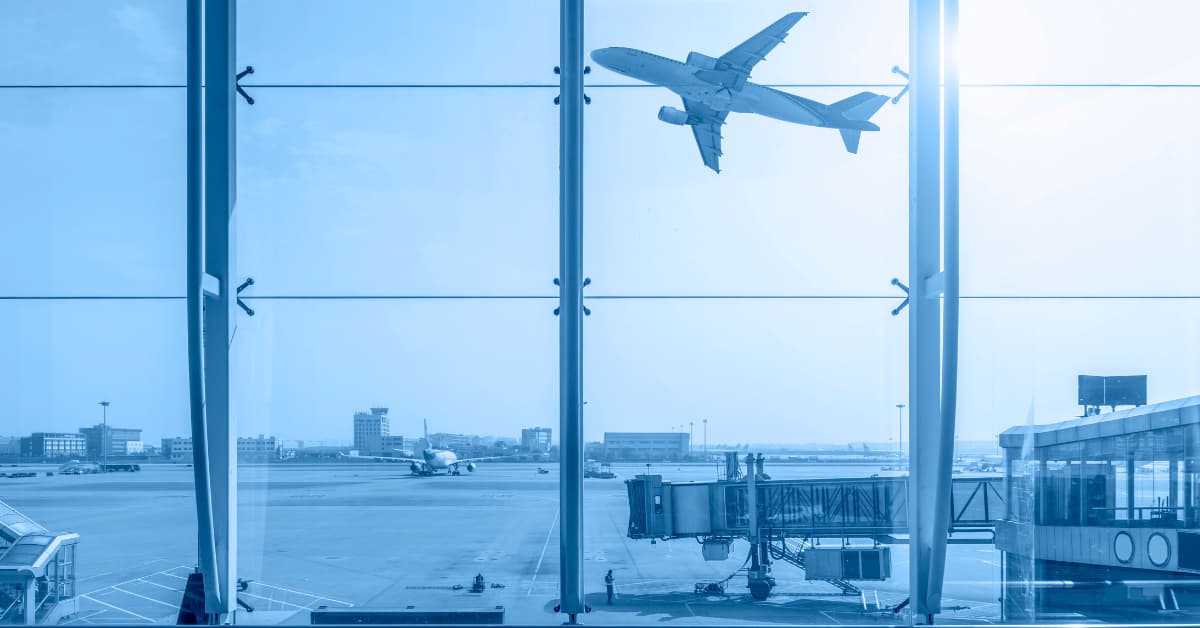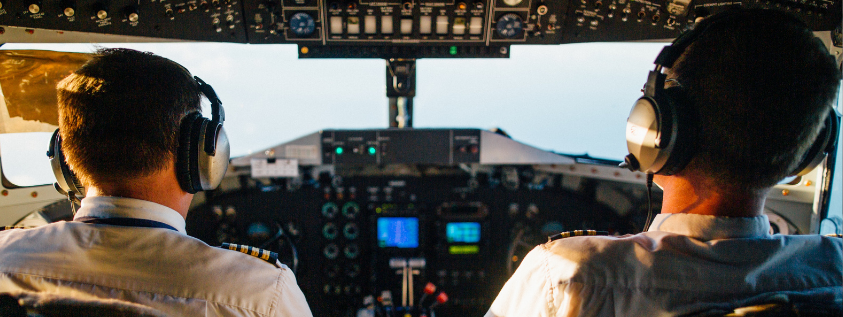The aviation industry has been working for years on a way to reduce its impact on the environment. The focus is often on aircraft and their fuel, but to reduce the industry’s carbon footprint, airport environments must also be made more sustainable.
Instrumental flight
There are two ways of flying an aircraft: visual flight – direct and intuitive – and instrumental flight, which is much more technical.
In visual flight conditions, the terrain, cities, roads, etc… give us clear indications of our position. This is the mode practised in Sport Aviation, and in fact with good visibility and at low altitude, a simple road map could be enough to guide us safely. But what happens when the flight takes place in conditions of low or no visibility, over clouds, at night, over the ocean…? In these cases, instrument flight must be used. For this, both the aircraft and the pilot must be qualified.
Flight Simulator Certifications
The flight simulator is an essential device in pilot training. They are a tool that perfectly complements training in real aircraft, as they allow students to train in a wide variety of scenarios and situations – often difficult to reproduce in real flight – which will allow them to gain experience and put into practice the theoretical knowledge learnt in class.
Women who have made their mark in aviation
The aviation sector still has a long way to go to achieve gender equality. Even so, throughout history we have found pioneering women who achieved unimaginable goals in aviation, considering the framework of their time. Many women have marked the history of aviation. On this occasion we focus on some of those who inspire us the most, and who have left the greatest mark throughout these 120 years of aviation history.
General Aviation and Commercial Aviation Airports
Airport infrastructures are one of the key elements for carrying out aeronautical activities with guarantees, maintaining a high degree of safety, and linking the territory of countries and continents.
The phrase “a couple of kilometres of road lead nowhere, but a couple of kilometres of runway connect with the world”. It is all the more valid when we consider the enormous number of people and goods that travel through the skies of the world every day with an airport as their point of origin and destination.
In-Flight comfort
In-flight comfort is a recurring theme when it comes to commercial aviation. There are always jokes, anecdotes and stories about the discomfort of airline seats. “The seats are cramped”, “the rows are too close together” or “I couldn’t even get up” are all recurring phrases for travellers flying in economy class.
These problems are nothing new in the sector, but if we add COVID safety measures to the lack of space, we find that alternatives must be sought for the organisation and design of aircraft interiors.
Aviation podcasts for further growth
Nowadays, we have access to an enormous amount of information. If you want to know about a subject, all you need is an internet connection and the ability to type in a search engine. The problem comes when you see that the results are endless and none of them convince you. In addition to the many results, there are also many different formats: video, news, infographics, blogs, etc.
One of the most consumed formats right now is the podcast. This format is a fun and effective way to keep up to date with trends in the sector and, in addition, as it is in audio format, it allows you to continue doing your homework while you listen to them.
Today we propose a series of podcasts on aviation that will provide you with the information you need to keep up to date with trends in the sector:
India, a growing market in the world of aviation.
The aviation sector is growing in India. Currently, in commercial aviation, the Asian country is the third largest market in the world. In general aviation (passenger and cargo) it is the fifth largest, but it is estimated that by 2026 it will become the third largest globally, according to the International Air Transport Association (IATA).
Methods to overcome Jet Lag
If you have travelled across different time zones, you are probably familiar with the discomfort of jet lag. This imbalance occurs because our internal clock (our sleep habits) has a hard time adapting to the new time zone, especially the light-dark cycle. The most common symptoms include fatigue, digestive problems and confusion.
Upset Prevention and Recovery Training (UPRT)
The technological sophistication achieved by commercial aviation has allowed a large part of the pilots’ workload to fall on computerised systems, which allows for greater reliability, immediacy of response and greater comfort during flight. Implementing new technologies and knowing how to adapt to them is essential, just as it is essential that they have the right resources to deal with any situation when a failure occurs. For this reason, since April 2019, the European Aviation Safety Agency (EASA) has made it mandatory for all pilots engaged in commercial aviation to hold a UPRT rating. The UPRT (Upset Prevention and Recovery Training) course has been taught at EAS Barcelona since 2018, being the first ATO (Aviation School) to receive authorisation from EASA to teach this course in Spain.
